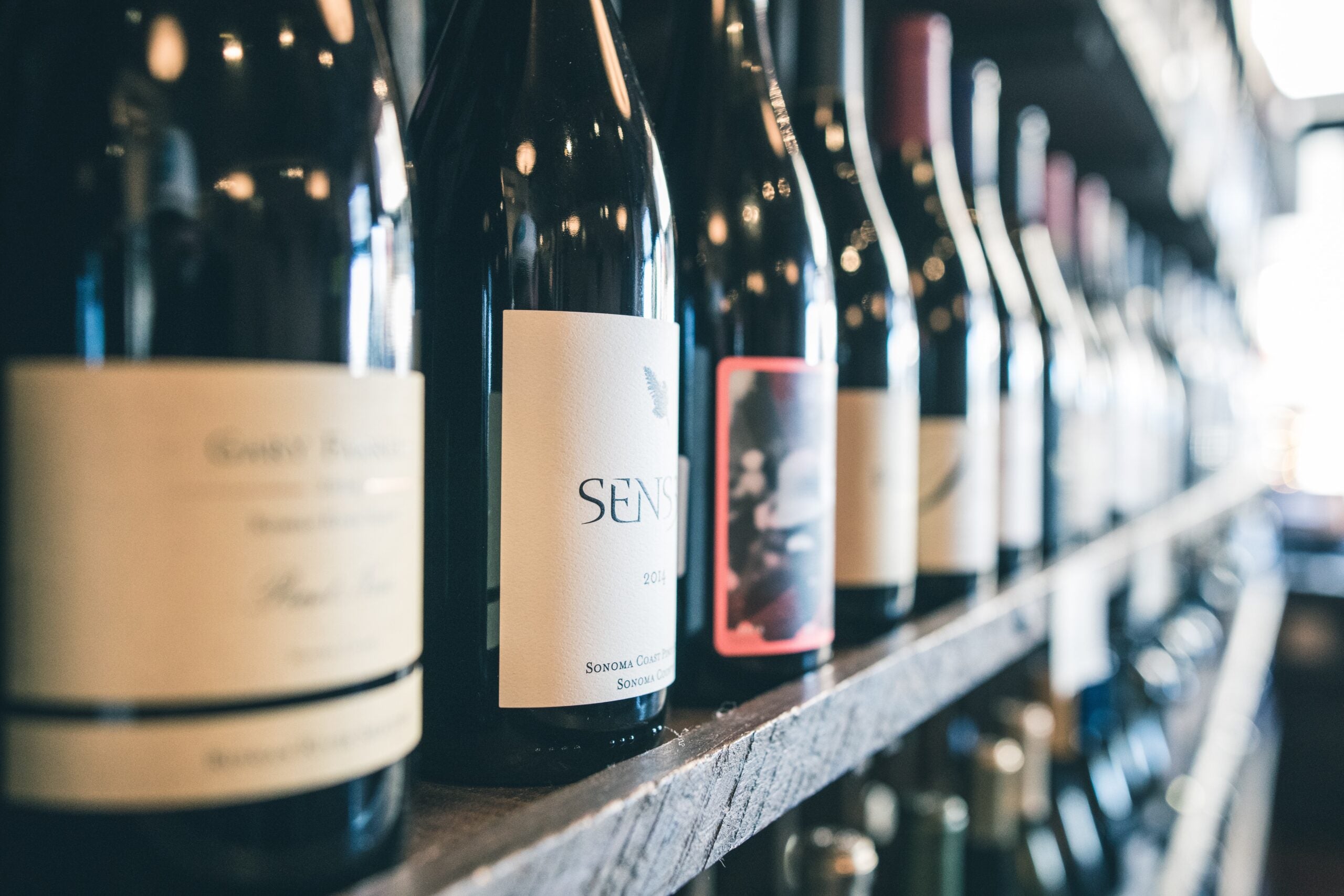The quandary of what wine to match with your Thanksgiving meal goes well beyond whether to pop a pinot or a cab franc. Increasingly, winemakers are using a variety of environmentally conscious methods to produce vino that’s good for the planet—and the palate.
Earth-friendly practices like avoiding synthetic pesticides and herbicides allow the microbial environment of the soil to flourish, resulting in wine whose character is particularly expressive of the place it came from, notes Food & Wine’s executive wine editor Ray Isle in his new book, The World in a Wineglass: The Insider’s Guide to Artisanal, Sustainable, Extraordinary Wines to Drink Now. (That’s terroir, baby.)
Minding a bottle’s impact is also important, because wine’s footprint isn’t exactly small. In one assessment, a 750-milliliter bottle produced 1.28 kilograms of CO2, which is about the same as a pound of turkey. Sales skyrocket during the holiday season, so making an informed choice about what you’re quaffing can add up.
The simplest thing to do if cutting carbon is your primary goal is avoid bottles and opt for boxed or canned wines instead. An outsized portion of wine’s footprint comes back to the glass. Making the bottles is carbon-intensive, and that heft also ups the energy needed to ship it, whether across an ocean or across the country. “If you send a wine to the other side of the world, you increase its carbon footprint three times,” Isle writes.
Of course options packed in cardboard or aluminum are limited (but growing!), which means anyone seeking out good and good-for-the-Earth wine are left to parse a sea of labels. You’ll see badges that tout a variety of certifications—and different standards and practices apply depending on the country, region, state, and even producer.
Here’s how to make sense of it all:
Sustainable wine
While many certified sustainable producers use synthetic interventions sparingly, the greater focus here is on maintaining biodiversity, using recycled materials, pursuing integrated pest management, and providing support for workers and local communities. The California Sustainable Winegrowing Alliance, for example, doesn’t explicitly ban chemical interventions like herbicides.
What to look for: American certifications include Certified California Sustainable Winegrowing, Napa Green, SIP (Sustainability in Practice) Certified, Salmon Safe, and Lodi Rules. Many international vinos have the word “sustainable” on them somewhere—New Zealand Sustainable Winegrowing, Sustainable Wine South Africa, Certified Sustainable Wine of Chile; French bottles might say HVE, and Italian ones might be marked V.I.V.A.
Regenerative wine
Regenerative winemaking goes a step further than sustainable in that it shuns synthetics while actively working to improve the land. Regenerative farmers don’t till the soil, and they often use cover crops, which benefit the microbial life and encourage carbon sequestration. They also focus on water and energy conservation and maintaining good worker conditions.
What to look for: Bottles marked Regenerative Organic Certified.
Biodynamic wine
Biodynamic vineyards take a holistic approach to farming that involves a lot of composting and homeopathic supplements as part of an overall focus on soil health. “The central point of biodynamics is to build life or vitality within the ecological whole of the farm—the soil, but also of course the vines, as well as the local flora and fauna—thus removing the need for outside inputs of any kind,” writes Isle.
What to look for: Demeter is an international designation that’s used in 20 countries including the U.S. You’ll see Biodyvin on the back of some European bottles, and Respekt-BIODYN is found on wines from Austria, Germany, and Italy.
Organic wine
In addition to the usual restrictions—no synthetic fertilizers and pesticides or modified crops or seeds—organic winemakers limit the addition of sulfites beyond those that naturally occur in wine. Sulfur hinders the growth of yeasts and bacteria as well as oxidation. How much sulfur is allowed varies widely by country; the U.S. restrictions, Isle writes, are overly stringent compared with those overseas. The USDA’s organic seal of approval is fine, but so is seeking out other wines made with organic practices.
What to look for: American wines will say USDA Organic. For vintages from the E.U., look for Vin Biologique or Euro Leaf.
Still feeling a little at sea?
Any good wine seller will direct you to what’s generally marked the “Organic Wine” section. Explain that you’re looking for sustainability and not necessarily certified organic, and that you’d prefer wines that didn’t cross time zones. Ask for recommendations, and consider bringing home a variety to taste with friends and family at the holiday. Once you know what you like, stock up so you can sip sustainably year-round.

